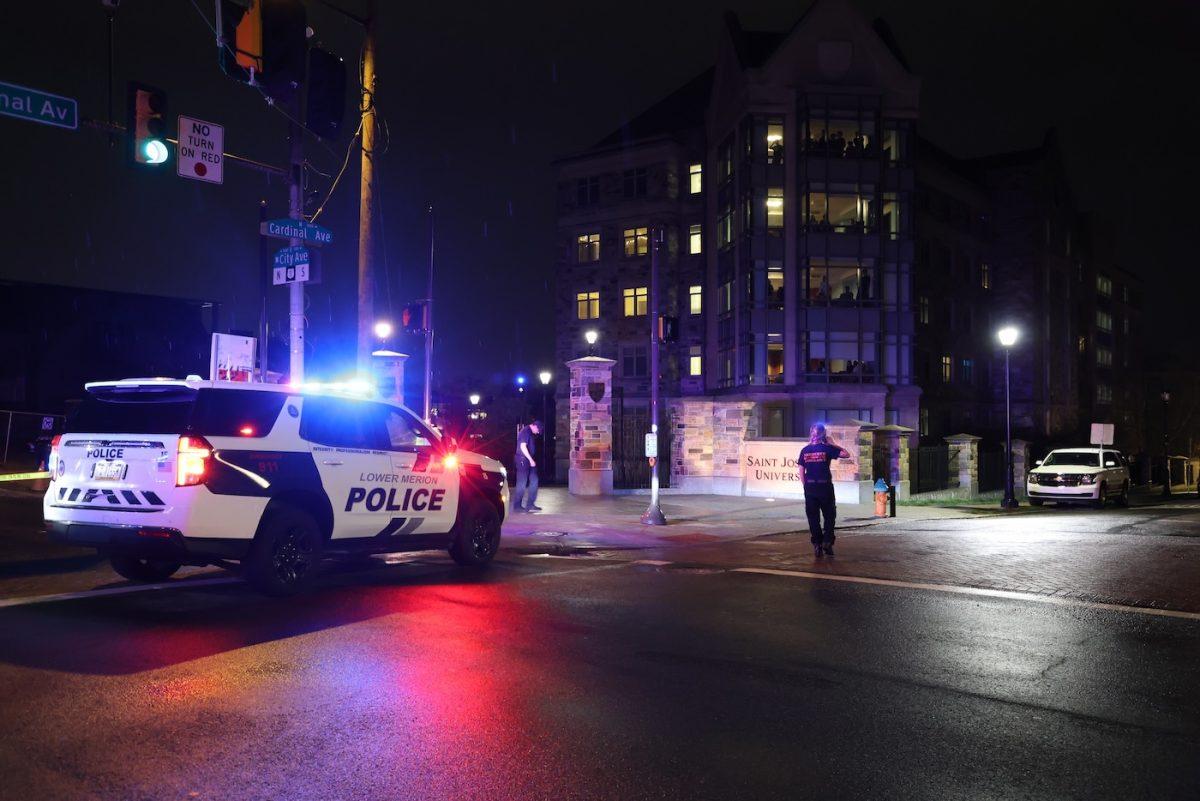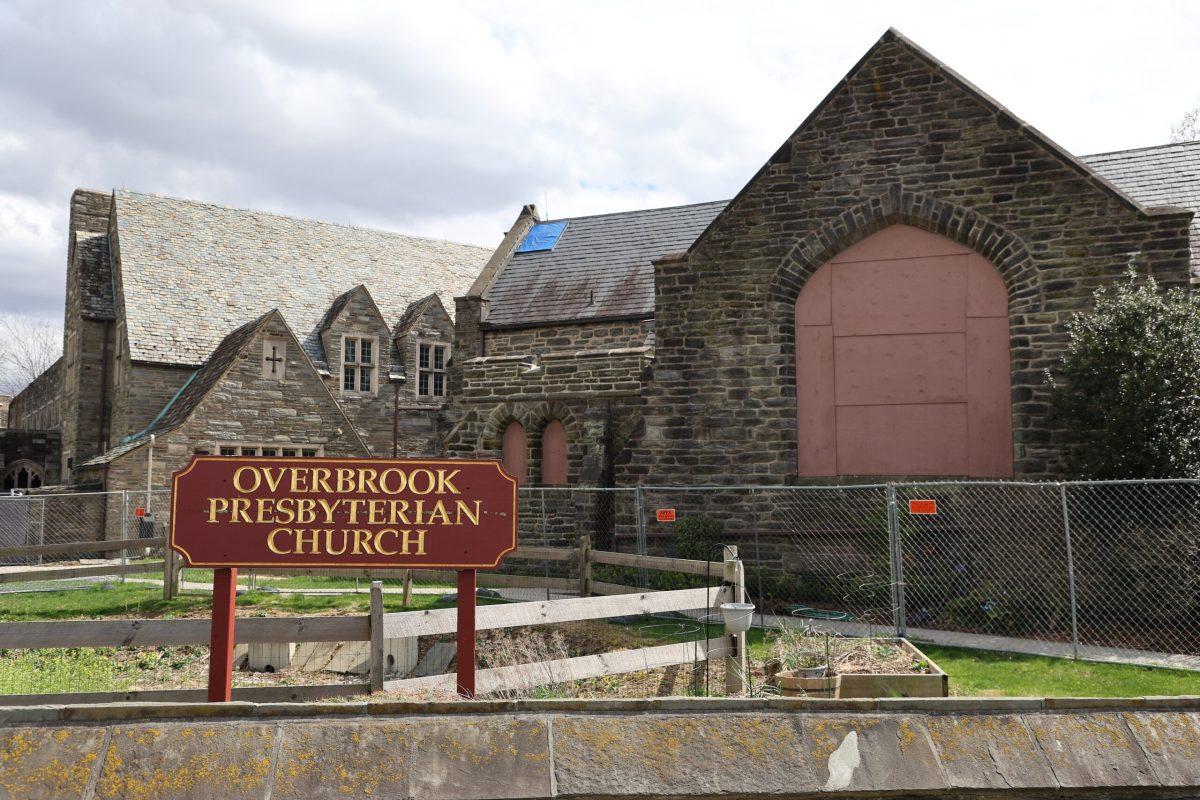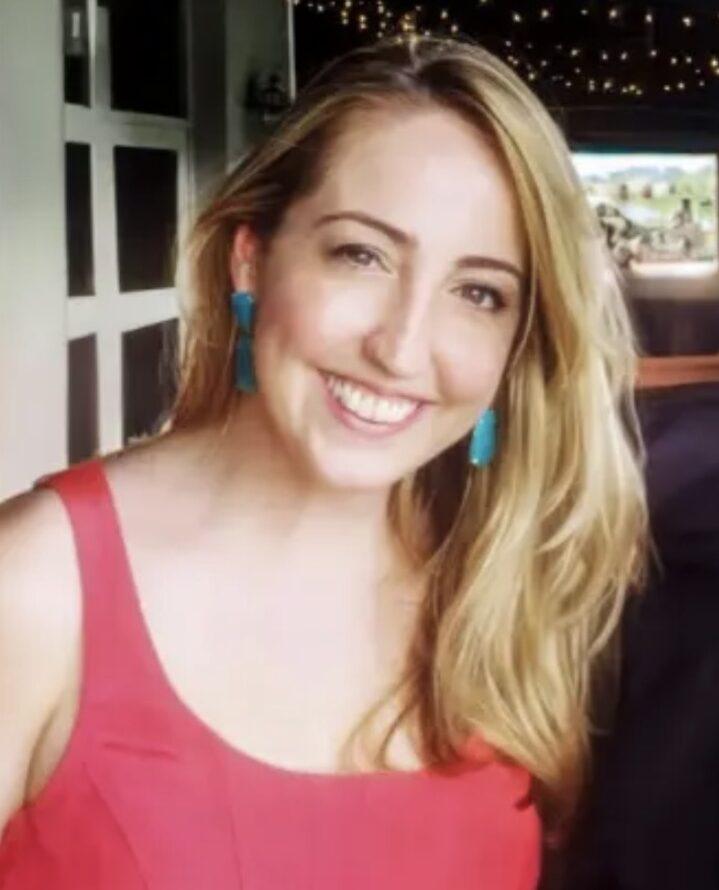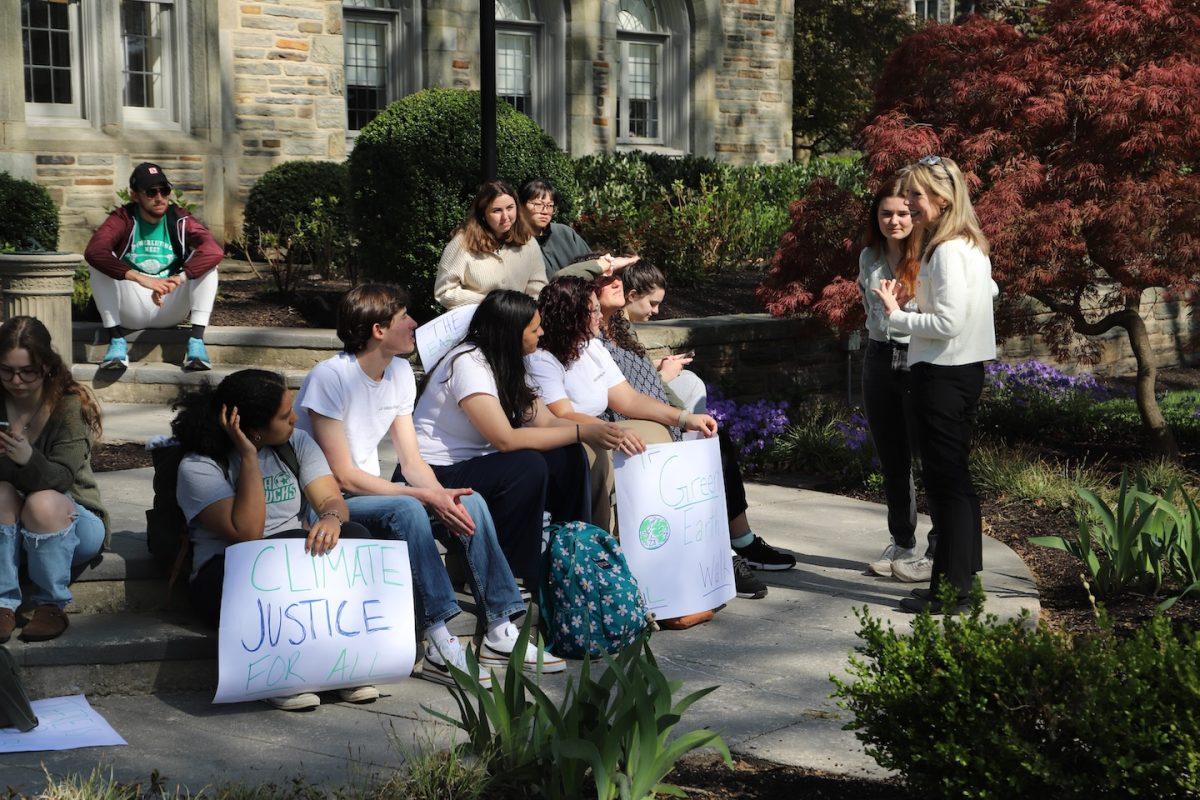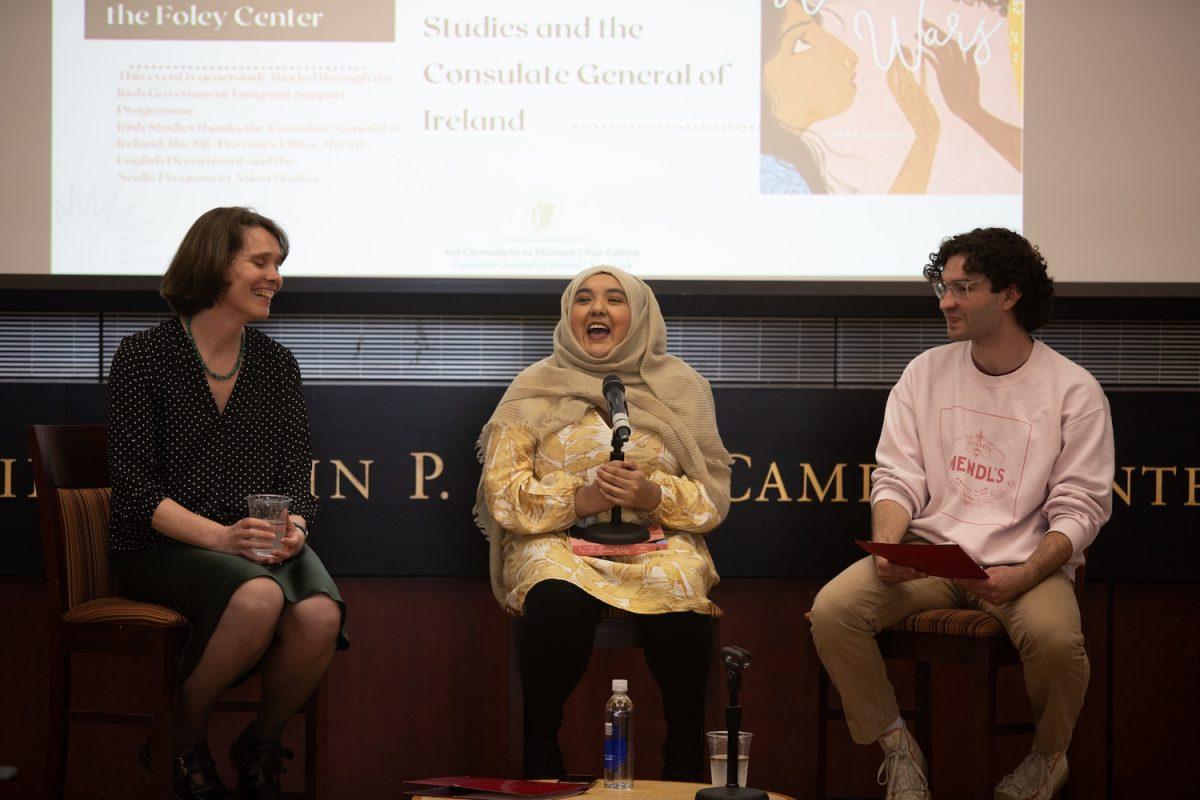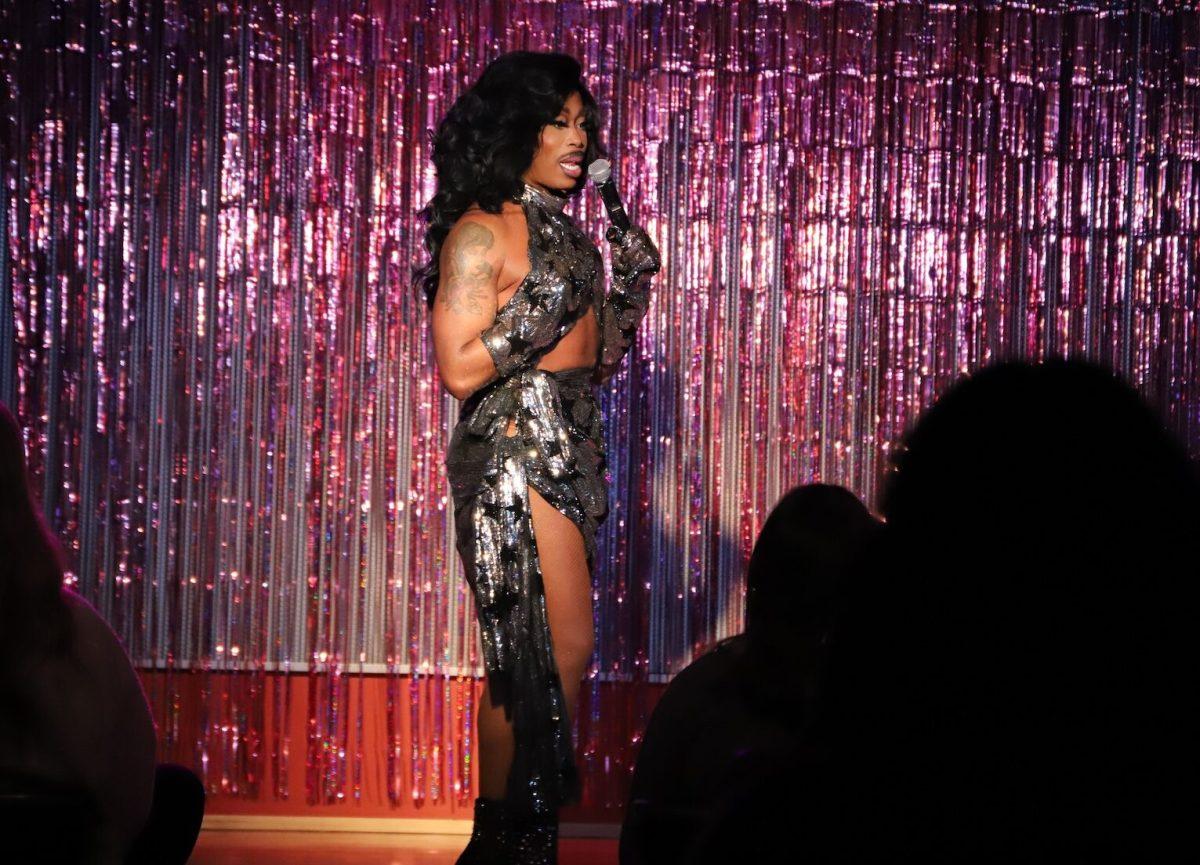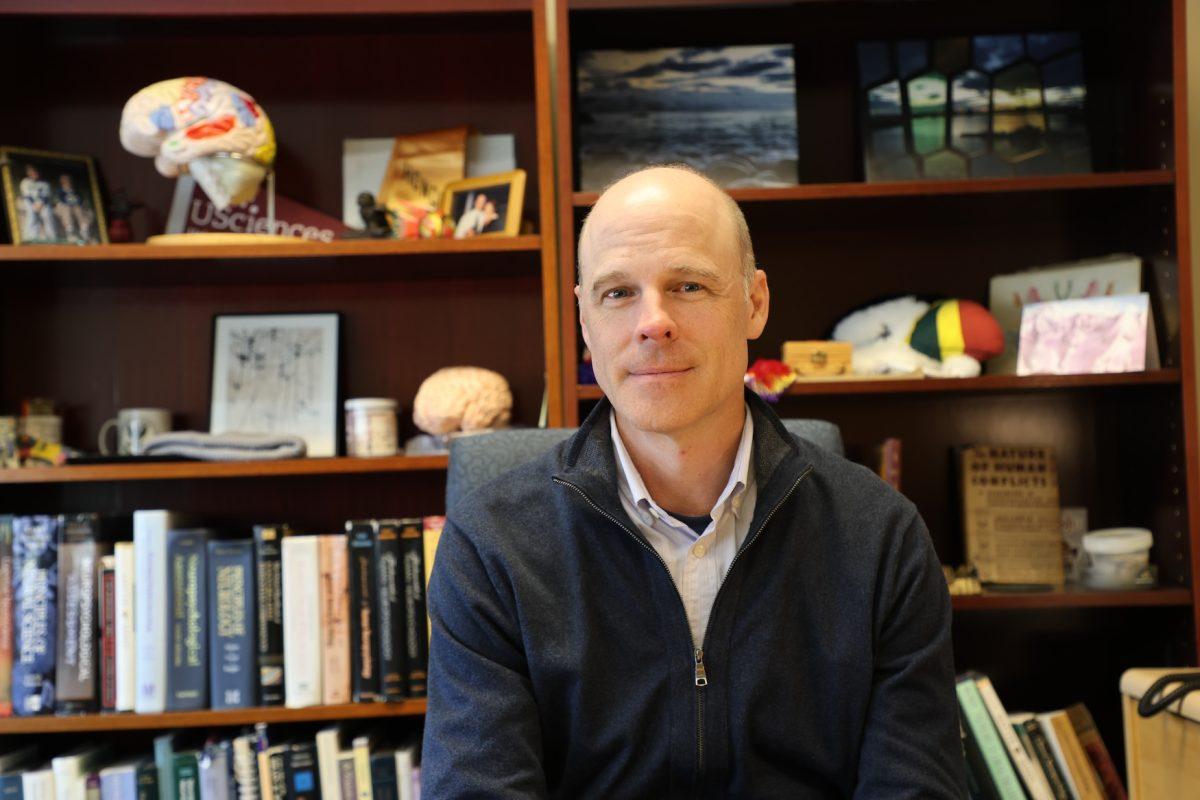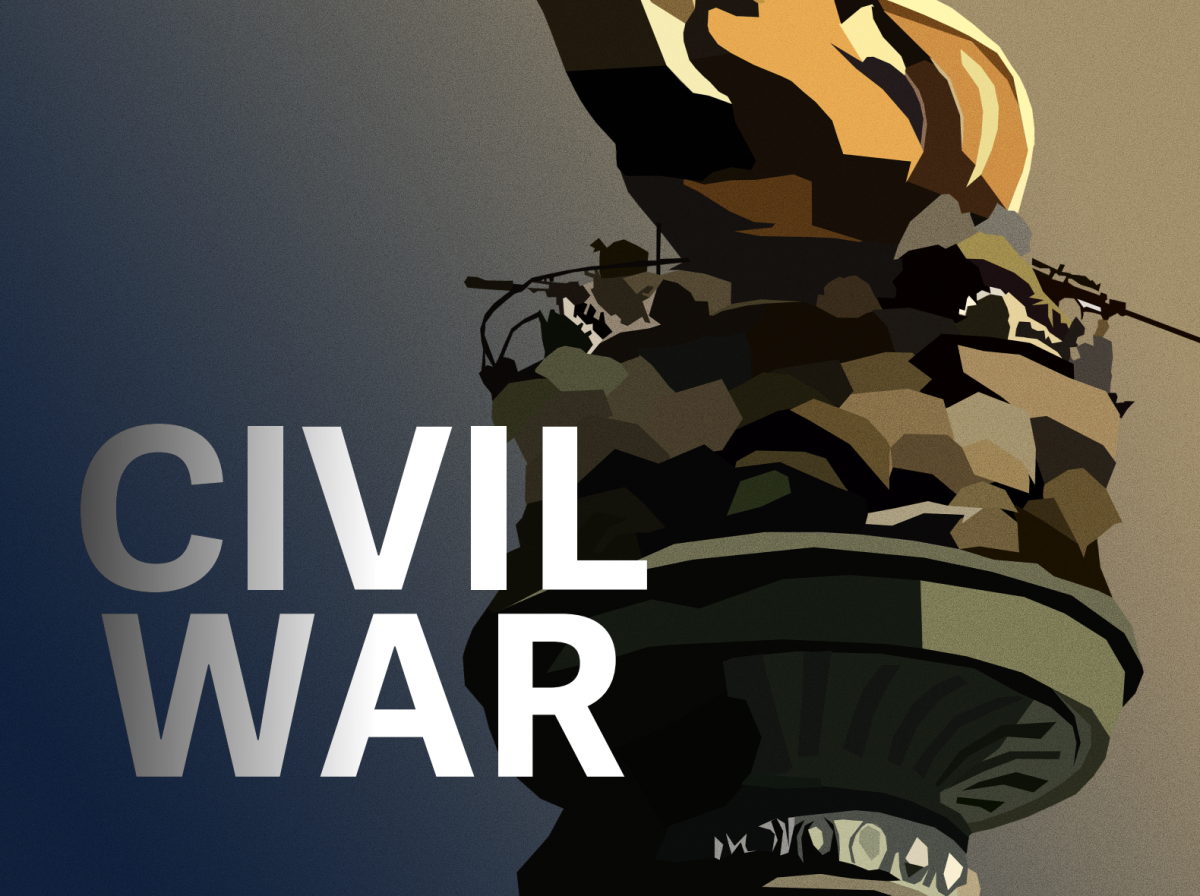Universities continue to acknowledge their connections to slavery
When Columbia University launched a website in late January detailing its history with slavery, it joined a growing number of universities attempting to determine what, if any, ties they have to slavery.
In addition to Columbia, many Jesuit schools, including Georgetown University, John Carroll University, and Saint Louis University (SLU), have also begun to explore their ties to the institution of slavery.
At Saint Joseph’s University, that exploration has only just begun.
Paul Aspan, Ph.D., associate provost for academic and faculty support, said that there are plans in the works for some kind of university-led initiative to address St. Joe’s ties to slavery.
Aspan said that he, along with Jenny Spinner, Ph.D., associate professor of English, Monica Nixon, Ed.D., assistant provost for inclusion and diversity, and Randall Miller, Ph.D., professor of history, have met to discuss “next steps” for the university.
“I think we have a clear, shared sense of those [steps], but I cannot comment publicly on specifics yet because some contingencies need to fall into place in order for this proposed path to be pursued,” Aspan said in an email.
Like St. Joe’s, Columbia’s location in a free state did not absolve its ties to slavery. Columbia’s website, “Columbia University and Slavery,” gives users information about the slaves who accompanied their owners to Columbia.
The site was inspired by work and research done by a now-annual undergraduate class first taught in the spring of 2015 that focuses on Columbia’s history with slavery.
Eric Foner, Ph.D., professor of history at Columbia, is the first person to have taught the course.
“It is too early to assess the response at Columbia to the report on slavery, which was only released [recently],” Foner said via email. “I think most people are glad that the university has undertaken this study and are looking forward to further information being developed.”

Last spring, Georgetown University administrators announced that the university would make reparations to the descendants of the 272 slaves sold in 1838 with proceeds helping to pay off the young school’s debts.
That announcement came about a year after Georgetown’s President John D. DeGioia had announced a Working Group on Slavery, Memory, and Reconciliation, which was tasked to recommend to university officials how to acknowledge and recognize the university’s history with slavery, interpret the history of the campus, and create a dialogue within the university community.
Along with Georgetown, St. Joe’s is a member of the Jesuits’ Maryland Province, which also includes Loyola University Maryland, the University of Scranton, and Wheeling Jesuit University. As members of the Maryland Province, all of these universities are tied to slavery by virtue of the fact that the Jesuits of the Province ran plantations and owned slaves. While the Jesuits sold the majority of their slaves in 1838, other universities in the Province may have benefited from slavery, even if they were founded after the sale.
St. Joe’s was founded in 1851, 13 years after the sale of Georgetown’s slaves. Loyola Maryland was founded a year later in 1852. Scranton was founded in 1888 as St. Thomas College, and Wheeling Jesuit was formed in 1954.
The Association of Jesuit Colleges and Universities (AJCU) issued a statement in September 2016 acknowledging the work of Georgetown’s Working Group saying it hoped the work would “help heal the long-lasting scars of this deplorable eighteenth- and nineteenth-century history and advance the pursuit of racial equality and social justice in the present.”
Also in a September 2016 statement, University President Robert L. Niehoff, S.J., of John Carroll University, another AJCU member institution, urged the John Carroll community to, “acknowledge our Jesuit participation in slavery as a sin.”

John Carroll University, located in Ohio, is named for Archbishop John Carroll, the first American bishop who helped manage Jesuit plantations and, as was later revealed, personally owned slaves.
Niehoff said the direct involvement of the university’s namesake with the institution of slavery was a “shock and a disappointment” and urged the university community to engage with the history. He proposed a working group similar to Georgetown’s to investigate both the university’s and Archbishop Carroll’s ties to slavery.
“The working group has been meeting since last fall,” said Sherri Crehan, Ph.D., dean of students and associate vice president for student affairs at John Carroll University. “Some members of the working group have been very involved in researching a number of topics: the Catholic Church and their role in slaveholding; the Carroll family and their role in slaveholding; and John Carroll. We know that he owned at least two slaves.”
Crehan also discussed the university’s plans to hold “listening sessions,” during which members of the community will be able to come together and discuss how they believe the school should move forward in light of its connections to slavery.
In 2015, before Georgetown publicly acknowledged the 1838 slave sale, Nathaniel Millett, Ph.D., associate professor of history at SLU, gave a keynote speech at the university’s Second Annual Jesuit Research Symposium entitled, The History and Memory of Slavery at Saint Louis University.
In the essay that inspired the keynote, Millett condemns the fact that the role of slavery at SLU seems to have been forgotten, possibly because of the contentious role that race has played in the area immediately surrounding the university.
Millett told The Hawk that he has long been aware that the Jesuits who founded SLU owned slaves, but that that was the extent of what most people on campus knew.
Millett said it was important for universities, especially Jesuit universities, to engage in conversations about possible ties to slavery.
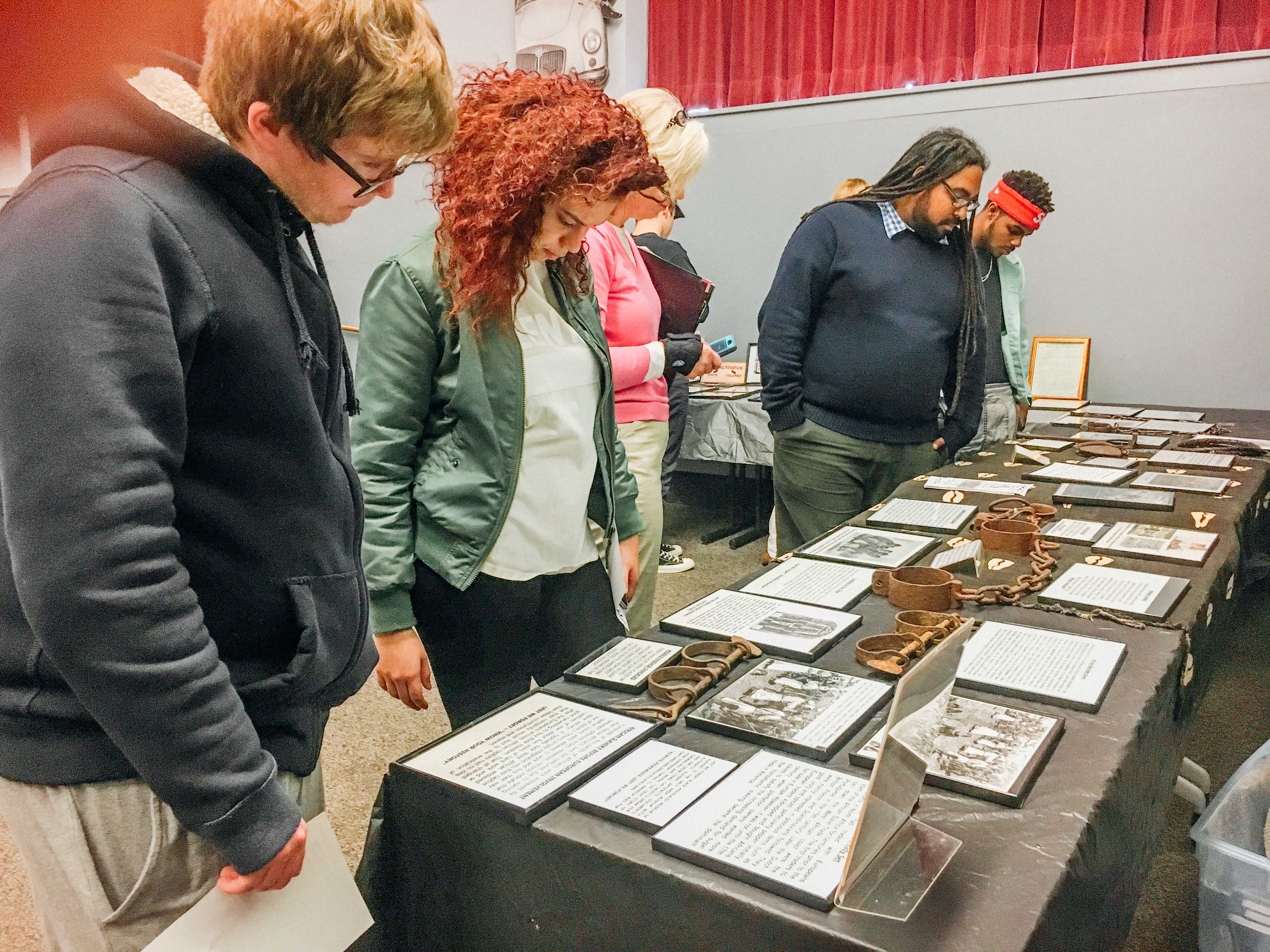
“I think that it’s important to talk honestly and openly about the past,” he said. “This is particularly so at a Jesuit university where great emphasis is placed on social justice. One of things that struck me in my research about slavery and memory at SLU was the extent to which the university had prided itself on being a beacon of justice during the Civil Rights era which is great and admirable but had failed to adequately address its history with slavery.”
For Millett, institutional working groups on slavery, like the one that was recently founded at SLU, are a good place to start.
“Without a detailed understanding of the facts, nothing else really matters,” Millett said.

